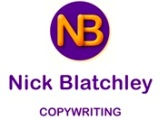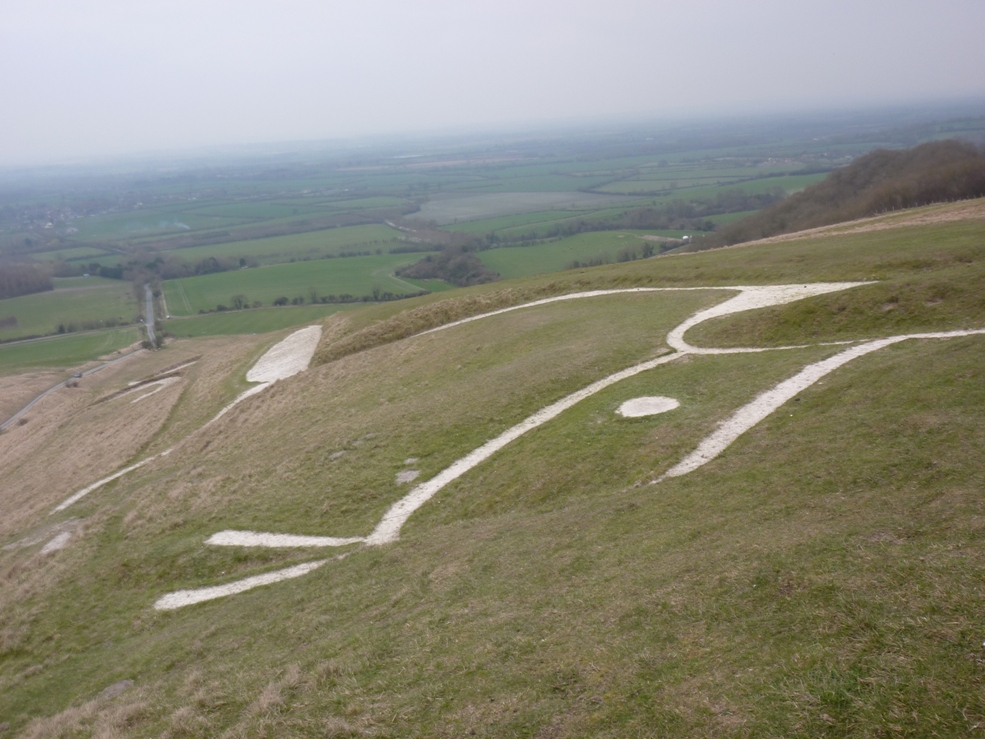There are white horses cut into hillsides all over Britain. They’re still being created — the horse near Folkestone was carved as recently as 2003 — but the oldest, and perhaps the most inspiring, is the White Horse of Uffington, on the Berkshire/Oxfordshire border. I visited it for the first time this summer, though I was familiar with the image.
Most of the hillside horses show the animal in fairly accurate outline, standing stiff and motionless. The Uffington horse, however, which is estimated to be around three thousand years old, is a series of lines that aren’t so much a depiction as an impression.
On the other hand, this is no static figure. The horse is shown at full gallop, and the energy is clear to see. The unknown Bronze Age artist wasn’t portraying the horse so much as portraying the gallop.
So what does this have to do with copywriting?
Well, writing too isn’t always about simple appearances. Just like spoken communication, written communication isn’t primarily conveyed by the words you use. Of course, they’re more important in writing than speaking, since you don’t have tone of voice and body language, but what comes through around the words can be of far greater significance.
The difference between great writing and mediocre writing doesn’t just lie in the words chosen, though that can contribute. It lies in the links between the words, the spirit that comes through.
Like the stiff-legged horse images carved into hillsides since the Uffington horse, mediocre writing is all about conveying the literal meaning, but that’s unlikely to engage your readers. Just as a great speaker can sweep listeners along with their body language and tone, so a great writer can inspire their readers by conveying their energy and life (or someone else’s) in the spaces between and behind the words.
In other words, writing the gallop, not the horse.
Image courtesy of Andrew Bowden under Creative Commons licence

